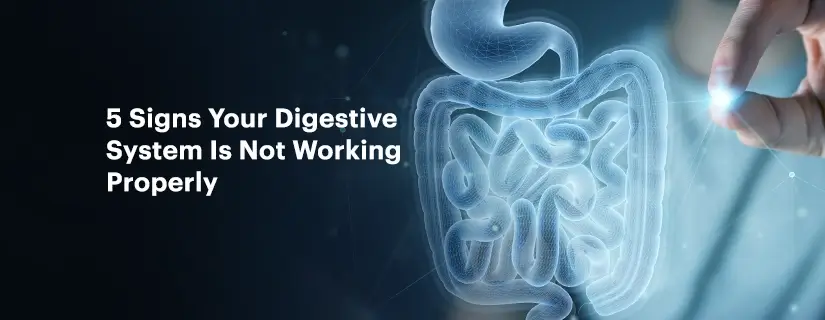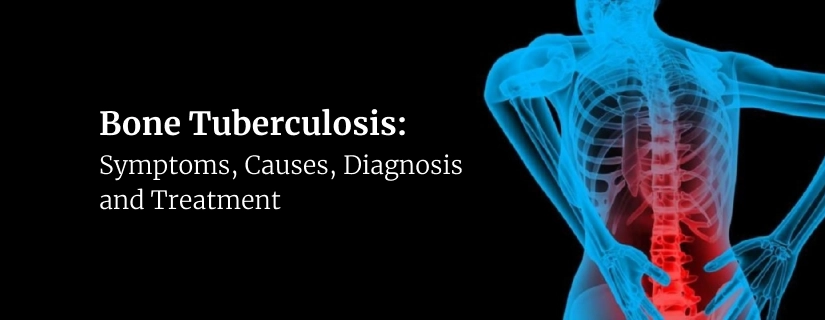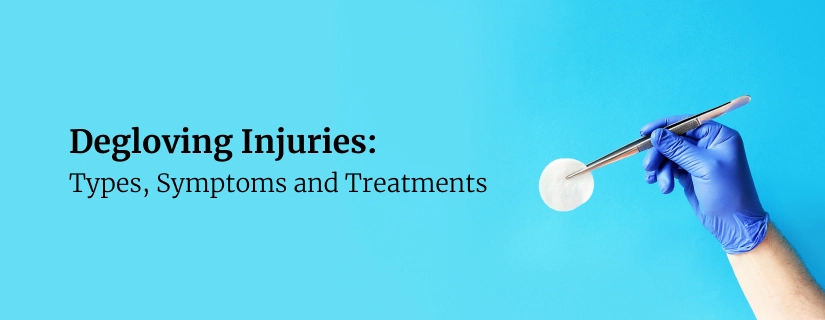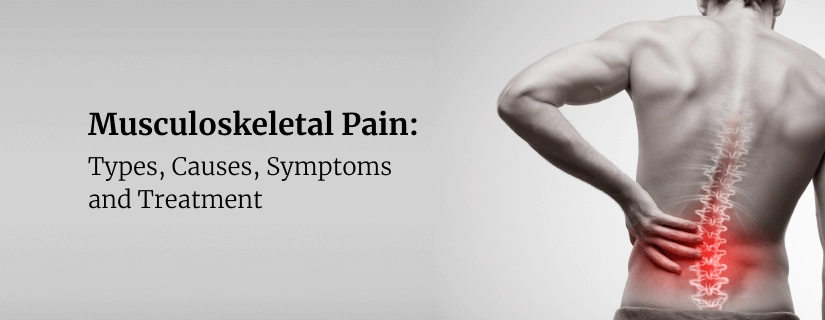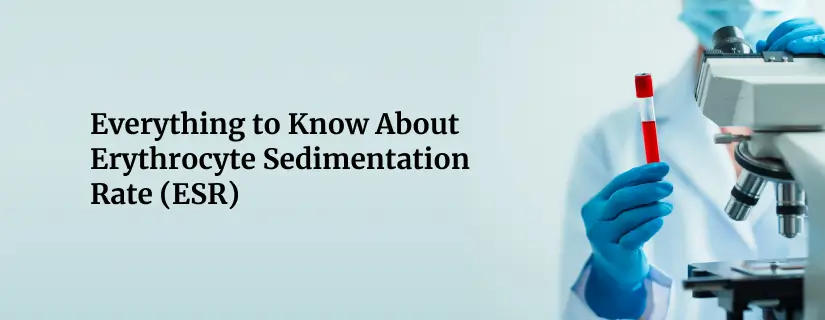-
Doctors
-
Specialities & Treatments
Centre of Excellence
Specialties
Treatments and Procedures
Hospitals & Directions HyderabadCARE Hospitals, Banjara Hills CARE Outpatient Centre, Banjara Hills CARE Hospitals, HITEC City CARE Hospitals, Nampally Gurunanak CARE Hospitals, Musheerabad CARE Hospitals Outpatient Centre, HITEC City CARE Hospitals, Malakpet
HyderabadCARE Hospitals, Banjara Hills CARE Outpatient Centre, Banjara Hills CARE Hospitals, HITEC City CARE Hospitals, Nampally Gurunanak CARE Hospitals, Musheerabad CARE Hospitals Outpatient Centre, HITEC City CARE Hospitals, Malakpet Raipur
Raipur
 Bhubaneswar
Bhubaneswar Visakhapatnam
Visakhapatnam
 Nagpur
Nagpur
 Indore
Indore
 Chh. Sambhajinagar
Chh. SambhajinagarClinics & Medical Centers
Book an AppointmentContact Us
Online Lab Reports
Book an Appointment
Consult Super-Specialist Doctors at CARE Hospitals
Bone Marrow Transplant: All You Need to Know
Updated on 23 August 2023
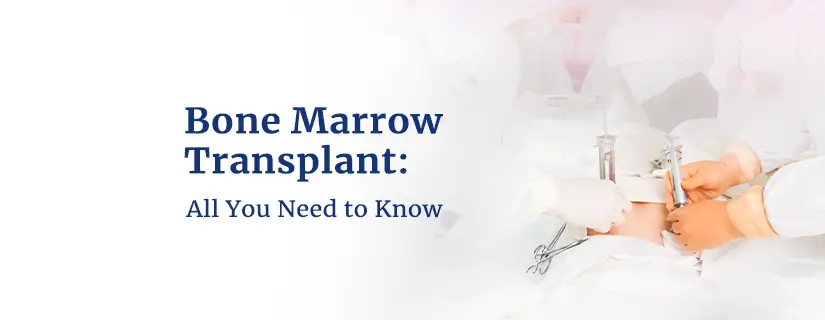
Table of Content
- What is Bone Marrow?
- Need For Bone Marrow Transplant
- Types of Bone Marrow Transplant
- Why is Bone Marrow Transplant Done?
- Complications and Side Effects
- Preparing for a Bone Marrow Transplant
- Bone Marrow Transplant Procedure
- Risks of Bone Marrow Transplant
- What to Consider Before a Transplant
- Conclusion
- FAQ's
To treat certain cancers and diseases, special therapy for patients is adopted that involves taking stem cells found in the bone marrow from a healthy person and giving them to the patient. This therapy is known as Bone Marrow Transplant.
Bone marrow transplant is done to transfuse healthy bone marrow cells into a person after their unhealthy marrow has been treated to kill the cancer areas or diseased cells. It is a kind of medical rescue done after the treatment or damage from diseases.
Let's understand the different aspects of the BMT (Bone Marrow Transplant).
What is Bone Marrow?
A bone marrow transplant, also known as a stem cell transplant, is a medical procedure that involves replacing damaged or diseased bone marrow with healthy stem cells. These stem cells can develop into healthy bone marrow and produce new blood cells. The procedure is often used to treat conditions such as leukaemia, lymphoma, certain immune system disorders, and some genetic diseases. The transplanted cells can come from a donor (allogeneic transplant) or from the patient themselves (autologous transplant), depending on the specific medical situation.
Let us take you through - Why we need a bone marrow transplant?
Need For Bone Marrow Transplant
After chemotherapy or radiation therapy, the bone marrow stem cells are killed. They get permanently damaged and destroyed. Later, a bone marrow transplant is done to cure diseases and cancer. You may also undergo a bone marrow transplant if your bone marrow is destroyed by an underlying medical condition.
Bone Marrow Transplant is performed to treat-
- Diseases like Myelofibrosis or Leukaemia can hinder the functioning of bone marrow. The transplant can provide you with a healthy one.
- It is also done to regenerate a new immune system that might have been destroyed while killing the residual cancers that cannot be killed by chemotherapy or radiation.
- To restore the bone marrow to normal functioning after high doses of chemotherapy.
- If a person suffers from a genetic disease like Hurler's Syndrome or Adrenoleukodystrophy, they can also get their bone marrow replaced.
Always consult your health professional and discuss the risks and benefits of a Bone Marrow Transplant. Let us go through some of the diseases that can be cured with BMT.
The BMT can assist in recuperating or curing the following diseases-
- Leukemias
- Myelofibrosis
- Myelodysplastic syndromes
- Multiple myeloma
- Myeloproliferative neoplasms
- Lymphoma
- Thalassemia
- Severe Aplastic Anaemia
- PNH (paroxysmal nocturnal hemoglobinuria)
- Immune Deficiency Disorders
- Solid Tumour cancers
- Neurological disorders like Multiple sclerosis
Discuss with your physician if BMT is the most optimal treatment option for you. He will examine the response of your body's immune system and other factors to determine the right treatment plan.
Types of Bone Marrow Transplant
Bone marrow transplants can be classified into several types based on various factors, including the source of the stem cells, the relationship between the donor and recipient, and the purpose of the transplant. Here are the primary types:
- Allogeneic bone marrow transplant: Stem cells are obtained from a healthy donor whose tissue type closely matches that of the recipient. This type of transplant carries a higher risk of complications but can offer the potential for a cure as the donor's healthy cells can attack remaining cancer cells. Other donors may include-
- Parent - It is also called an Identical Haploid match. It is when the donor is half genetically matched to the patients.
- Unrelated BMT or Unrelated Matched Donor - When the cells are taken from an unrelated but genetically matched donor.
- Umbilical Cord Blood Transplant: Stem cells are obtained from the blood of the umbilical cord after childbirth and stored in a cord blood bank. These cells can be used for transplantation in patients who need a donor and don't have a suitable match in the bone marrow registry.
- Autologous bone marrow transplant: Stem cells are obtained from a healthy donor whose tissue type closely matches that of the recipient. This type of transplant carries a higher risk of complications but can offer the potential for a cure as the donor's healthy cells can attack remaining cancer cells.
- Syngeneic Transplant: This is a specific type of allogeneic transplant where the donor is an identical twin of the recipient. The tissue type match is perfect in this case, minimising the risk of rejection or complications.
- Haploidentical Transplant: In this type of transplant, the donor is a half-match, typically a family member (such as a parent or child) who shares half of the recipient's genetic markers. This broader compatibility allows for more potential donors but can also result in more complications.
Why is Bone Marrow Transplant Done?
2. Blood Disorders: This medication is used to treat non-cancerous blood disorders such as severe aplastic anaemia, sickle cell anaemia, and thalassemia, in which the bone marrow fails to create enough or functioning blood cells.
3. Immune System Disorders: Rejuvenates the immune system in illnesses such as severe combined immunodeficiency, specific immunological deficiencies, or autoimmune diseases by injecting healthy stem cells.
4. Genetic Disorders: Helps with inherited metabolic or genetic illnesses of the bone marrow, such as Hurler syndrome, Hunter syndrome, and adrenoleukodystrophy, by replacing flawed cells with healthy ones.
5. Chemotherapy/Radiation Recovery: A bone marrow transplant (typically autologous) aids in the restoration of healthy bone marrow and blood cell production after rigorous chemotherapy or radiation therapy for cancer.
Complications and Side Effects
Bone marrow complications depend on various factors like the type of transplant, medical condition, preparative regime, age, and overall health of the patient.
Some of the following complications may happen alone or in combination-
- Infections
- Low Platelets or RBCs
- Pain
- Mucositis
- Fevers
- Graft versus Host Disease
- Graft failure ( rarely)
With the right diagnosis and treatment, complications and side effects can be well taken care off.
Preparing for a Bone Marrow Transplant
There are several steps involved in preparing for a bone marrow transplant. Here are some important things to remember:
1. Medical Exam: Take all the prescribed examinations, such as blood tests and scans, to ensure that you are healthy enough for the transplant.
2. Finding a Donor (if necessary): Determine the best match for a donor, whether it's a family member, a stranger, or someone from a cord blood bank. This is based on tissue matching.
3. Discuss the Treatment Plan: Understand why you need the transplant, what might happen, and the positive and negative aspects of the treatment. Everything should be discussed with your medical staff.
4. Prepare Your Body: You may require chemotherapy or radiation before the transplant to prepare your body. This helps to make space in your bone marrow for new cells while also lowering your immune system.
5. Avoid Infections: Stay clean, receive vaccines, and avoid ill persons to reduce the risk of infection before the transplant.
6. Handle Your Emotions: Recognise that it is normal to be emotional. Discuss any stress or problems with counsellors, relatives, or support groups.
7. Eat Well: Eat a well-balanced diet to support your immune system and healing. Consult a dietitian about what to eat.
8. Stay Active: Perform mild activities to stay in shape before the transplant. However, always follow your doctor's advice regarding how much you can do.
9. Create a Support Group: Have family or friends ready to assist you during and after the transplant. They can help with transportation and caregiving, for example.
10. Manage finances and Legal Stuff: Check your insurance, find out how much things might cost, and take care of any legal or financial issues before the transplant.
Bone Marrow Transplant Procedure
The bone marrow transplant procedure involves several stages, including pre-transplant preparation, harvesting of stem cells (if using a donor), conditioning therapy, and the transplant itself. Here's an overview of the typical steps involved in a bone marrow transplant procedure:
Pre-transplant Preparation:
- Medical evaluation and comprehensive assessments, including blood tests, imaging, and heart/lung function tests should be done.
- Discussions with the medical team about the treatment plan, risks, and benefits of the transplant, and understanding the procedure.
- Searching a suitable donor, which can be a family member, unrelated donor, or cord blood.
- Conditioning Therapy: Preparing the body for the transplant by undergoing chemotherapy, radiation therapy, or a combination. This aims to suppress the immune system and create space in the bone marrow for the new stem cells.
Stem Cell Collection:
- For an allogeneic transplant, stem cells are obtained from the donor's blood or bone marrow through a process called apheresis or bone marrow harvest.
- In an autologous transplant, the patient's stem cells are collected and stored prior to the conditioning therapy.
Transplantation Process:
- The transplant involves infusing the harvested stem cells into the patient's bloodstream through an intravenous (IV) line. This process is similar to receiving a blood transfusion.
- The infused stem cells find their way to the bone marrow and start producing new blood cells over time.
Recovery and Engraftment:
- Engraftment is the process where the transplanted stem cells begin to grow and produce new blood cells in the patient's bone marrow.
- During this phase, patients are closely monitored for signs of engraftment, such as increased blood cell counts.
- Supportive care, including antibiotics, transfusions, and managing potential complications, is provided to help the patient through this critical phase.
Post-transplant Recovery:
- Patients remain in the hospital for an extended period after the transplant to monitor recovery and manage any potential complications.
- Over time, as the new bone marrow starts functioning and producing healthy blood cells, the patient's immune system strengthens.
Follow-up Care:
After discharge from the hospital, patients require ongoing follow-up care, including regular check-ups, monitoring for potential complications, and support for recovery and rehabilitation.
Bone Marrow Transplant Recovery:
After your white blood cells engraft, or return, two to three weeks after the transplant, most of these symptoms will go away. On the other hand, taste changes, exhaustion, and coldness can last for several months in certain patients.
Risks of Bone Marrow Transplant
Certainly, here are the risks and complications associated with bone marrow transplantation presented in concise points:
- Graft Failure: The transplanted stem cells may fail to grow and function in the recipient's bone marrow.
- Graft-versus-Host Disease (GVHD): Donor immune cells may attack the recipient's healthy tissues.
- Infections: Increased vulnerability to various infections due to weakened immunity post-transplant.
- Organ Damage: Chemotherapy or radiation used in conditioning can harm organs like the lungs, liver, or kidneys.
- Bleeding and Anaemia: Reduced blood cell production leading to bleeding issues and anaemia.
- Mucositis: Inflammation and ulcers in the mouth, throat, and gut, causing pain and eating difficulties.
- Infertility/Sterility: Treatment effects may lead to temporary or permanent infertility or sterility.
- Secondary Cancers: Potential development of secondary cancers due to previous treatments.
- Hormonal Changes: Alterations in hormone levels causing imbalances and related complications.
- Psychological Challenges: Emotional distress, anxiety, and depression due to the impact of treatment and its complications.
What to Consider Before a Transplant
Here are essential considerations before undergoing a bone marrow transplant (BMT):
- Health Evaluation: Comprehensive assessment of overall health and fitness for the procedure.
- Treatment Discussion: In-depth consultation with the medical team about risks, benefits, and potential outcomes.
- Donor Compatibility: Selection and evaluation of a suitable donor for allogeneic transplants.
- Preparatory Therapy: Understanding and preparing for the required conditioning treatments.
- Risk Assessment: Evaluation of potential risks and complications tailored to the individual.
- Support System: Establishing a robust support network for assistance during and after the transplant.
- Financial and Legal Planning: Reviewing insurance coverage and addressing financial and legal aspects.
- Mental Preparation: Emotional readiness for the challenges and impact on daily life.
- Lifestyle Modifications: Adapting diet, exercise, and infection prevention strategies.
- Second Opinions: Seeking additional consultations for a comprehensive understanding of the treatment plan.
- These considerations help individuals make informed decisions and prepare adequately for a bone marrow transplant.
Conclusion
The goal of a bone marrow transplant is to replace the diseased or damaged bone marrow with healthy functioning cells, allowing the patient's immune system to recover and produce healthy blood cells. The process is complex and requires careful coordination among healthcare professionals to ensure the best possible outcomes for the patient. Each patient's situation is unique, and these considerations may vary based on individual health conditions, the type of transplant, and the protocols followed by the medical team. Discussing these factors thoroughly with the healthcare team is crucial before making decisions regarding a bone marrow transplant.
FAQ's
What is the age limit for bone marrow transplant?
The age limit for bone marrow transplant (BMT) isn't rigidly defined. Instead, eligibility depends on individual health, underlying conditions, and transplant center criteria. While there's no specific cutoff age, older patients may face increased risks due to health factors. Medical teams assess each case individually, considering overall health rather than age alone. Factors such as fitness for the procedure, response to evaluations, and potential risks versus benefits guide decisions regarding candidacy for a bone marrow transplant.
A bone marrow transplant (BMT) can be a critical part of treating certain cancers like leukemia or lymphoma. While it can help eliminate cancer cells and achieve remission, it's not a guaranteed cure for cancer. Success depends on factors such as cancer type, stage, response to treatment, and overall health. BMT aims to replace damaged marrow with healthy cells, but it's a complex procedure with risks and doesn't ensure a permanent cure for cancer in all cases. Close monitoring and ongoing care post-transplant are crucial for long-term outcomes.
Donor-recipient matching for bone marrow transplants involves human leukocyte antigen (HLA) typing. HLA are proteins on cells that regulate the immune system. The closer the match between donor and recipient HLA types, the lower the risk of complications like graft-versus-host disease (GVHD). Initially, potential donors and recipients undergo HLA testing, analyzing specific markers to determine compatibility. Siblings have a higher chance of matching due to similar genetic backgrounds, but unrelated donors are also sought through registries. Advanced testing helps find the closest match, considering HLA markers and other factors, ensuring a successful transplant and reducing the risk of complications.
ENQUIRY FORM
SELECT CATEGORIES
-
Neurosciences (16)
-
Neurology (37)
-
Neurosurgery (14)
-
Orthopaedics (48)
-
Oncology (33)
-
Obstetrics and gynecology (52)
-
Pulmonology (23)
-
Urology (20)
-
Nephrology (13)
-
Psychiatry (7)
-
Dietetics and Nutrition (111)
-
General Medicine (63)
-
Cardiac Sciences (32)
-
Vascular & Endovascular Surgery and Interventional Radiology (15)
-
Gastroenterology (46)
-
Endocrinology (23)
-
Plastic Surgery (10)
-
Critical Care Medicine (5)
-
COVID-19 (16)
-
Dermatology (16)
-
Emergency Care (1)
-
Ophthalmology (4)
-
Pediatrics (14)
-
Laparoscopic and Bariatric Surgery (8)
-
ENT (15)
-
Kidney Transplant (1)
-
Liver Transplantation and Hepatobiliary Surgery (5)
-
General Surgery (3)
-
Internal Medicine (5)
-
Medicine Information
How does Calcium Deficiency affect Bone Health?
Difference Between Tendons and Ligaments
YOU MAY ALSO LIKE
RECENT BLOGS
-

Preterm Birth (Premature Birth): Symptoms, Causes, Treatment and Prevention
13 May 2025
Read More
-
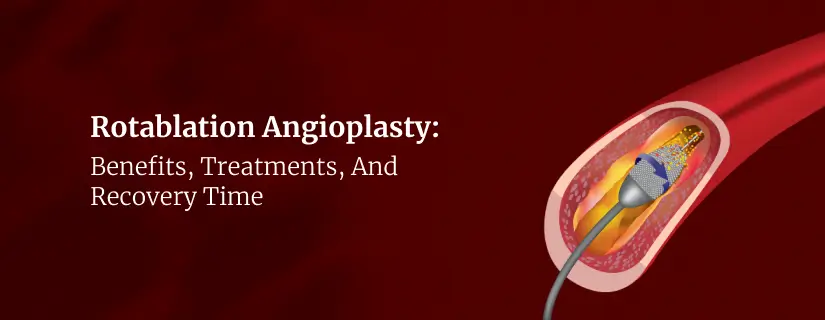
Rotablation Angioplasty: Benefits, Treatments, And Recovery Time
9 May 2025
Read More
-
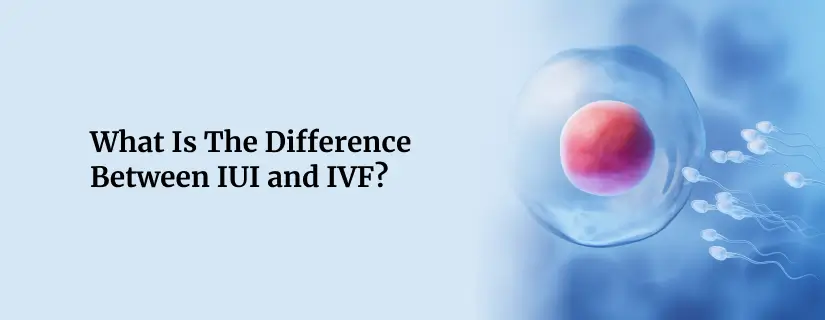
What Is The Difference Between IUI and IVF?
9 May 2025
Read More
-

Venous Malformations: Causes, Symptoms, and Treatment
30 April 2025
Read More
-

Varicose Vein Foam Sclerotherapy: Treatment, Benefits, and Procedure
30 April 2025
Read More
-

Radiofrequency (RF) Ablation Treatment for Varicose Veins: Know More
30 April 2025
Read More
-

Varicose Vein Sclerotherapy: Treatment, Benefits, and Procedure
30 April 2025
Read More
-
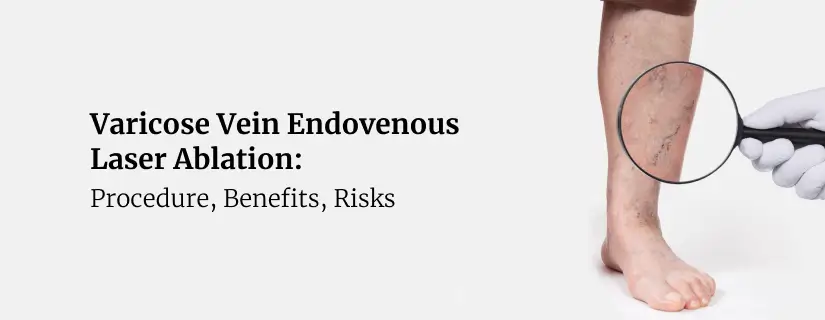
Varicose Vein Endovenous Laser Ablation: Procedure, Benefits, Risks
30 April 2025
Read More
Have a Question?
If you cannot find answers to your queries, please fill out the enquiry form or call the number below. We will contact you shortly.








